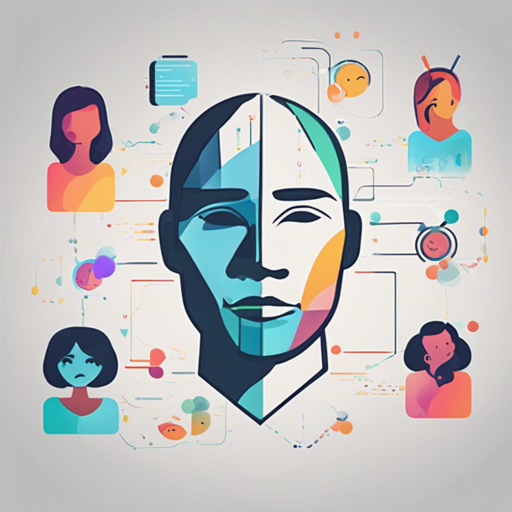In a world where emotions can often be tangled and complex, emotion recognition technology seeks to unravel this intricate web. Here, we will explore how to harness the power of emotion recognition, including its description, installation, usage, and the dataset involved. Let’s dive in!
Description
Emotions are like a beautiful symphony played on the canvas of our faces, often featuring a mix of joyful notes and sorrowful chords. The aim of emotion recognition is to allow software to act as a discerning musician who reads and interprets this symphony, identifying and measuring the emotional tones present in a human face.
Emotion recognition is a sophisticated technique that enables software to analyze human expressions using advanced image processing. By utilizing algorithms and image techniques, programs can glean insights from images or videos of people’s faces—detecting not only singular emotions but also the probabilities of mixed emotions they may express.
Installations
To get started with emotion recognition, you’ll need to install some dependencies. Here’s how:
- Download the
requirements.txtfile from the repository. - Open your command shell and run the following command:
pip install -r requirements.txtUsage
Once installed, you can put your emotion recognition system to work. Follow these simple steps:
- Run the program which will open a window displaying the scene captured by your webcam and another showing the probabilities of detected emotions.
- To start the demo, use the following command:
python real_time_video.pyThe provided pretrained model is included in the code file path, which is specifically chosen for optimal accuracy. If you want to delve deeper into AI training, you may also train your own model using:
python train_emotion_classifier.pyDataset
The data used for training this emotion recognition system comes from this dataset. Download it, and ensure the CSV file is placed in the designated folder (fer2013). The emotion classification test accuracy is around 66%—a promising start!
Credits
This project draws inspiration from the innovative work available at this repository. Additionally, the resources by Adrian Rosebrock significantly aided in the development of this project.
Troubleshooting
In case you encounter any hiccups along your journey, here are a few troubleshooting ideas:
- Ensure that the required dependencies are correctly installed. You can verify this by checking your Python environment.
- If you face issues running the webcam capture, make sure your camera drivers are up to date.
- For any other issues or suggestions, feel free to create an issue.
- If you appreciate this work, showing your support by giving it some stars would be greatly valued.
For more insights, updates, or to collaborate on AI development projects, stay connected with fxis.ai.
Conclusion
Mastering emotion recognition can be an exciting journey—a bit like learning to appreciate a rich, complex musical composition. With time and practice, you will be able to discern emotions that are beautifully intertwined. At fxis.ai, we believe that such advancements are crucial for the future of AI, as they enable more comprehensive and effective solutions. Our team is continually exploring new methodologies to push the envelope in artificial intelligence, ensuring that our clients benefit from the latest technological innovations.

